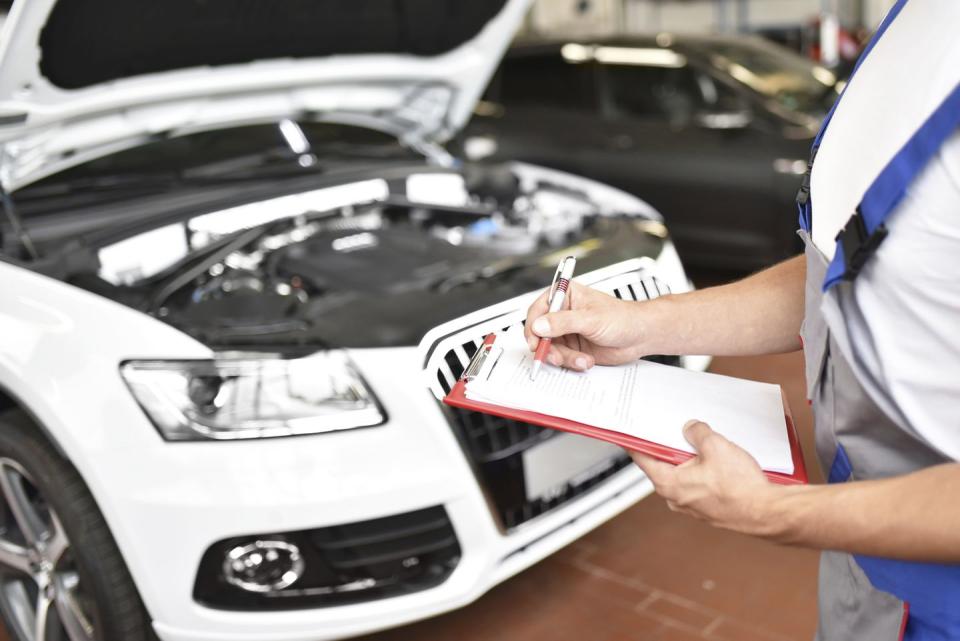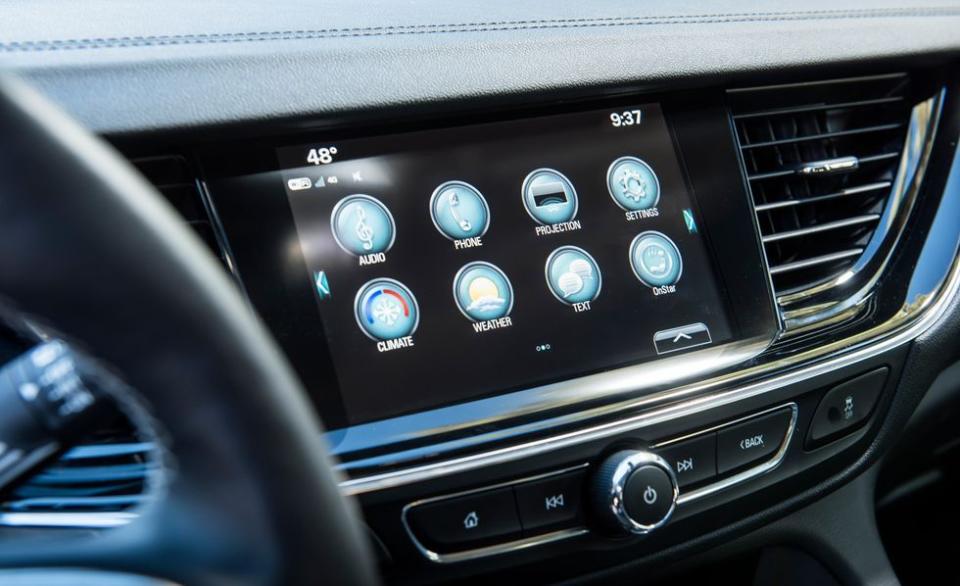8 Great Reasons to Consider a CPO Vehicle—and 2 That Might Give You Pause

It’s time for a new ride. You're ready for a change. But new-car prices are putting the brakes on your enthusiasm. They seem a little steep, and you really want to shepherd your money carefully. Maybe a few-year-old used car or SUV is the answer, but shopping "as is" deals from the classifieds or Craigslist means possibly buying someone's problems and dealing with strangers in the course of an expensive purchase.
However, in between those two conventional options-a new car or a used one-lies a path to not only fresh, reliable transport, but to a car, SUV, or truck that you can be excited about: Certified Pre-Owned. CPO vehicles are priced well below the new vehicles in a dealer's showroom and they’re backed up by the manufacturer’s warranty to ensure that you'll enjoy many miles of worry-free driving. Still, CPO programs are not for everyone. Here are eight great reasons to consider it-and two things that might keep you from diving into the CPO pool.
8 Reasons To Go CPO
1) Big-time warranty coverage: This may be the most compelling reason of all to consider a CPO vehicle. Your risk is virtually eliminated. A certified vehicle is backed by the manufacturer, not the dealer, and the factory warranty is often extended significantly beyond that offered to the original owner. For example, if a car purchased new has a four-year, 50,00-mile powertrain warranty, it would not be unheard of for a manufacturer to extend the CPO warranty to six years and 100,000 miles from the original owner's purchase date. Moreover, you needn't worry about an individual dealership folding; you can receive service anywhere within a maker’s nationwide franchise system. Dealers don't sell CPO vehicles from brands other than those their dealership sells new. Audi dealers only sell Audi CPO vehicles, for example.
2) A lot cheaper than new: Kelly Blue Book reports that the estimated average transaction price for a new vehicle in 2018 was $37,577. In two years, if that vehicle has a modest amount of mileage on it, it could cost just about $28,000. In four years, the price might be as low as $22,500. To qualify for CPO status, a vehicle must have relatively few miles for its age and be in very good condition. CPO vehicles are priced from a few hundred to a few thousand more than non-CPO models, depending on brand. In other words, you get a lot of car for your money.

3) Detailed inspection and cleaning: A CPO vehicle must pass a tough, multipoint inspection. Most manufacturers require the dealer to cover more than 100 items, and a few brands review as many as 300 points. If repairs are required, they are made. Further, the check is done by experienced mechanics familiar with that model’s weak and strong points. (Get a signed copy of the inspection.) Most CPO vehicles also receive a closely specified cleaning. Toyota checks for "clean crevices, odors and even heavy fragrance."
4) Title check: The CPO process starts with a title check against the vehicle’s VIN code, overall condition, age, and mileage. CPO programs also require a Carfax, AutoCheck, or equivalent third-party vehicle history to confirm the car's past. This can be critical if, for example, a newer vehicle’s electrical system has been exposed to storm-related flooding, resulting in a "salvage" title.
5) Roadside assistance: Many CPO deals come with 24-hour roadside assistance. Automakers such as Fiat Chrysler Automobiles provide towing, battery jump starts, and even a locksmith if you get locked out, covering up to $100 per incident.
6) Trip insurance: Makers call it "trip interruption" coverage. Although you’re spending extra for CPO-based confidence, it’s still possible to have problems on a road trip. If you’re at least 150 miles from home, Hyundai will reimburse you up to $100 per day to a maximum of $500 per incident.

7) Free trials of services: Some CPO contracts come with free trials of infotainment or navigation services. These can include three months of SiriusXM satellite radio, which Honda, FCA, Ford, and Hyundai offer. General Motors’ CPO program packs a free satellite radio trial period and three months of OnStar turn-by-turn navigation into the deal.
8) Swap me out: If you're considering purchasing a pre-owned GM vehicle, the company's Vehicle Exchange Program gives CPO buyers three days or up to 150 miles to figure out if their new car is a keeper. If not, the car or truck can be swapped for another GM model. Some other brands offer similar exchange options.
2 Reasons for Caution
1) Not the cheapest option: The lower mileage on CPO vehicles, the extra confidence provided by a thorough inspection, and a strong CPO warranty do cost extra-anywhere from a few hundred to a few thousand dollars more than you'd pay for a non-CPO used car. Some experts feel the value isn’t there when buying a basic, mainstream vehicle. But we do. The increasing cost and complexity of the newest vehicles, including electric vehicles, hybrids, and luxury vehicles, make CPO a smart choice-as long as you can handle the extra up-front cost.
2) Not the simplest process: All CPO deals are not equal. What is inspected, when coverage ends, what extras are included, and what exactly is covered vary widely among brands and sometimes even among models within a brand. That requires reviewing the program particulars and the contract as carefully as the vehicle's options, price, and financing. There’s an extra layer of complexity to a CPO purchase. If all you want a simple deal, a CPO might not be right for you.
('You Might Also Like',)

 Yahoo Autos
Yahoo Autos 